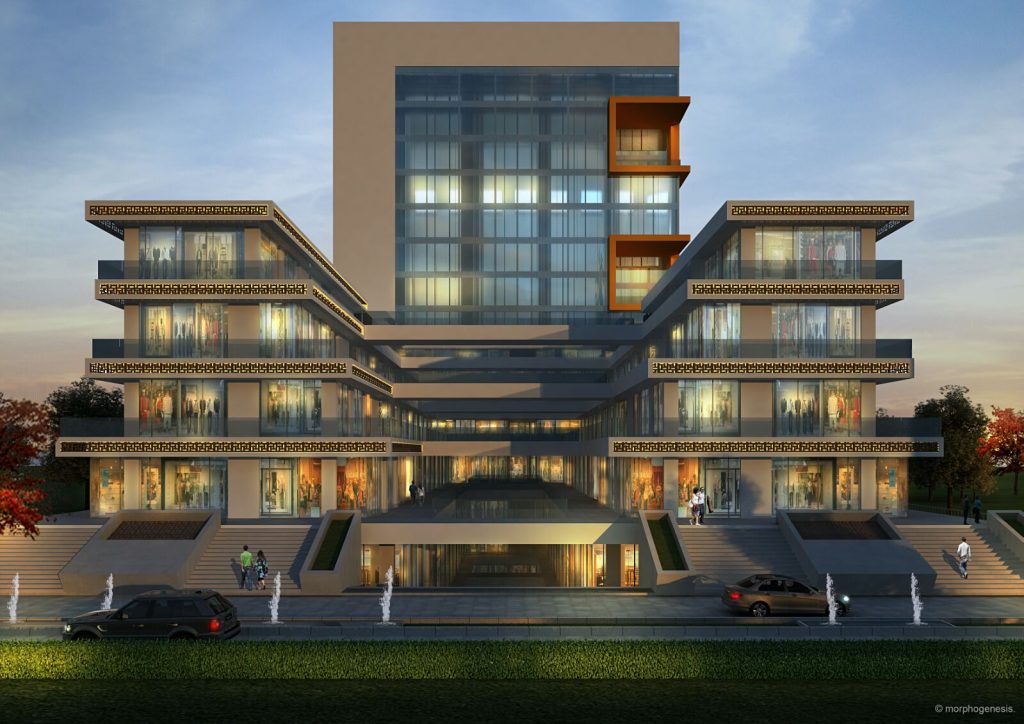TYPES OF CONSTRUCTION ESTIMATES
Constructions|Engineering|Estimation


What Are the Different Types of Estimation Technique?
Cost estimation is predicted expenditure of a project which is generally prepared before the project is taken up. It is prepared in different types based on the requirement of project. The construction cost estimates can be prepared either in a detailed manner by taking into consideration item by item or can be calculated approximately without going much into the details. Based on these criterion, there are mainly 8 cost estimates followed in construction:- Preliminary Cost Estimate
- Plinth Area Cost Estimate
- Cube Rate Cost Estimate
- Approximate Quantity Method Cost Estimate
- Detailed Cost Estimate
- Revised Cost Estimate
- Supplementary Cost Estimate
- Annual Repair Cost Estimate
1. Preliminary Cost Estimate
The preliminary cost estimate is also called an abstract cost estimate or approximate cost estimate or budget estimate. This estimate is generally prepared in initial stages to know the approximate cost of the project. By this estimate, the competent sanctioning authority can decide the financial position and policy for the administration section. Preliminary estimates are prepared with reference to the cost of similar type projects in a practical manner. In this estimate, the approximate cost of each important item of work is displayed individually to know the necessity and utility of each item of work. The items of work include the cost of lands, cost of roads, electrification, water supply costs, cost of each building, etc.2. Plinth Area Cost Estimate
Plinth area cost estimate is prepared on the basis of plinth area of building which is the area covered by external dimensions of building at the floor level and plinth area rate of building which is the cost of similar building with specifications in that locality. Plinth area estimate is obtained by multiplying plinth area of building with plinth area rate. For example if we require plinth area estimate of 100 sq.m in a particular locality and plinth area rate of a building in same locality is 2000 per sq.m then plinth area estimate is 100 X 2000 = 200000. Open areas, courtyards, etc. are not included in the plinth area. If the building is multi-storied, the plinth area estimate is prepared separately for each floor level.3. Cube Rate Cost Estimate
Cube rate cost estimate of a building is obtained by multiplying plinth area with the height of building. Height of building should be considered from floor level to the top of the roof level. It is more suitable for multi storied buildings. This method of estimation is accurate than plinth area method. The rate per cubic meter is taken into consideration based on the costs of similar type of buildings situated in that location. Foundation, plinth and parapet above the roof level are not considered in this type of estimate.4. Approximate Quantity Method Cost Estimate
In approximate quantity method cost estimate, the total wall length of the structure is measured and this length is multiplied by the rate per running meter which gives the cost of the building. The rate per running meter is calculated separately for the foundation and superstructure. In case of foundation, rate per running meter is decided by considering quantities such as excavation cost, brick work cost up to plinth. While in case of superstructure quantities like brickwork for wall, wood works, floor finishing etc. are considered for deciding rate per running meter.5. Detailed Cost Estimate
Detailed cost estimate is prepared when competent administrative authority approved the preliminary estimates. This is very accurate type of estimate. Quantities of items of work are measured and the cost of each item of work is calculated separately. The rates of different items are provided according to the current workable rates and total estimated cost is calculated. 3 to 5 % of estimated cost is added to this for contingencies as miscellaneous expenditure. The detailed Estimated should consist following details and documents.- Report
- General Specifications
- Detailed Specifications
- Drawings/plans – layout plans, elevation, sectional views, detailed drawings etc.
- Designs and calculations – In case of buildings design of foundations, beams, slab etc.
- Schedule of rates

